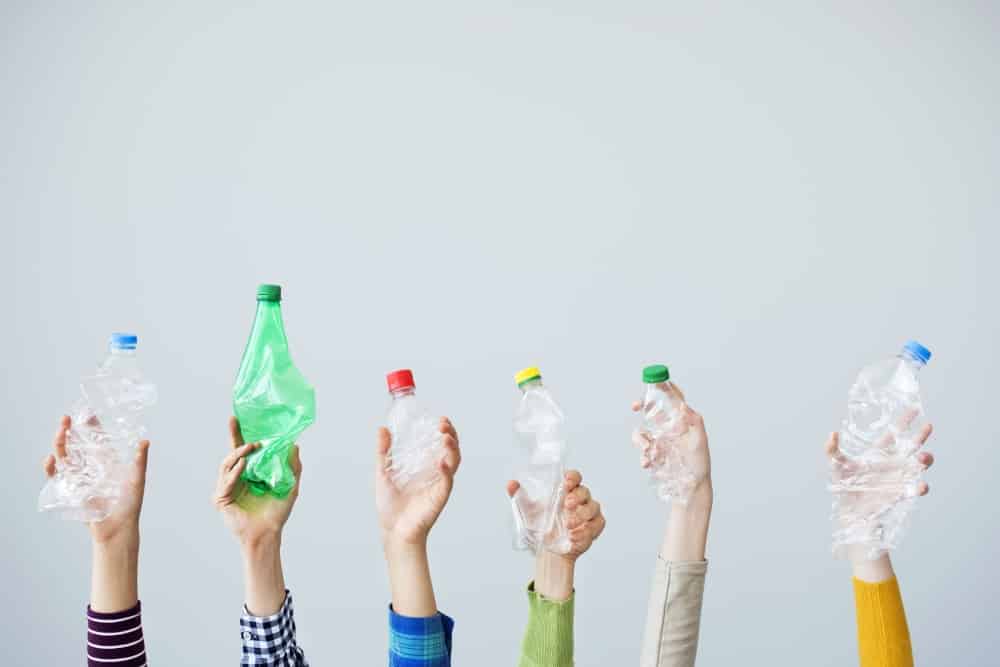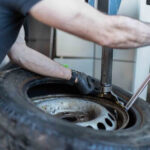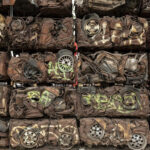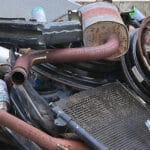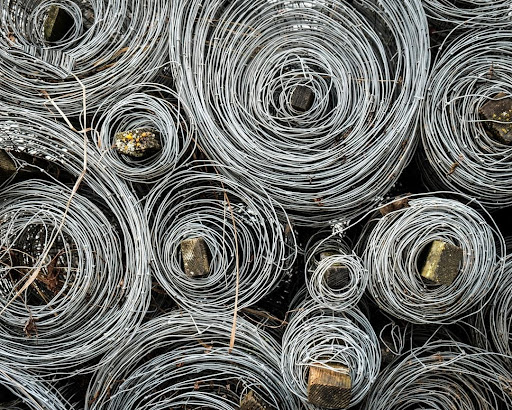Most people have bought carry out or eaten fast food in the past month, or bought something online – meaning you’ve dealt with the pesky plastic packaging that comes along with it. After buying these items, have you ever wondered is this type of packaging recyclable?
It’s a legitimate question and many people ask it every day. The answer, unfortunately, is not a simple yes or no.
PLASTICs RECYCLING CODES AND WHAT THEY MEAN
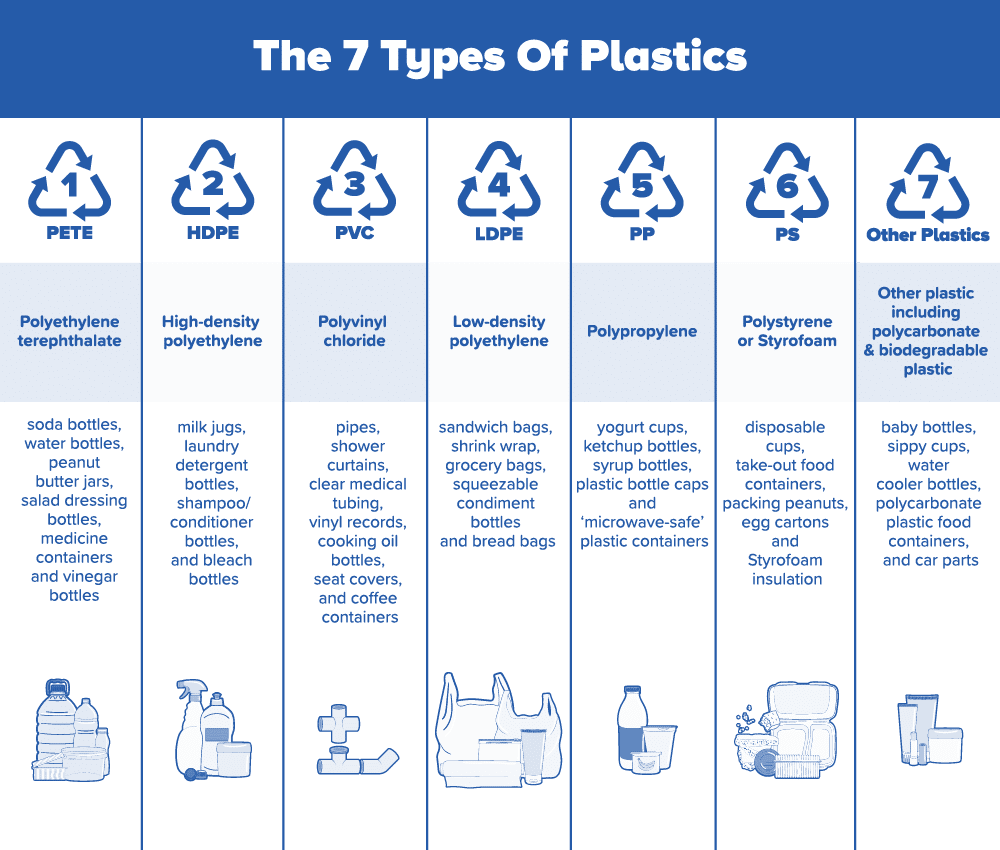
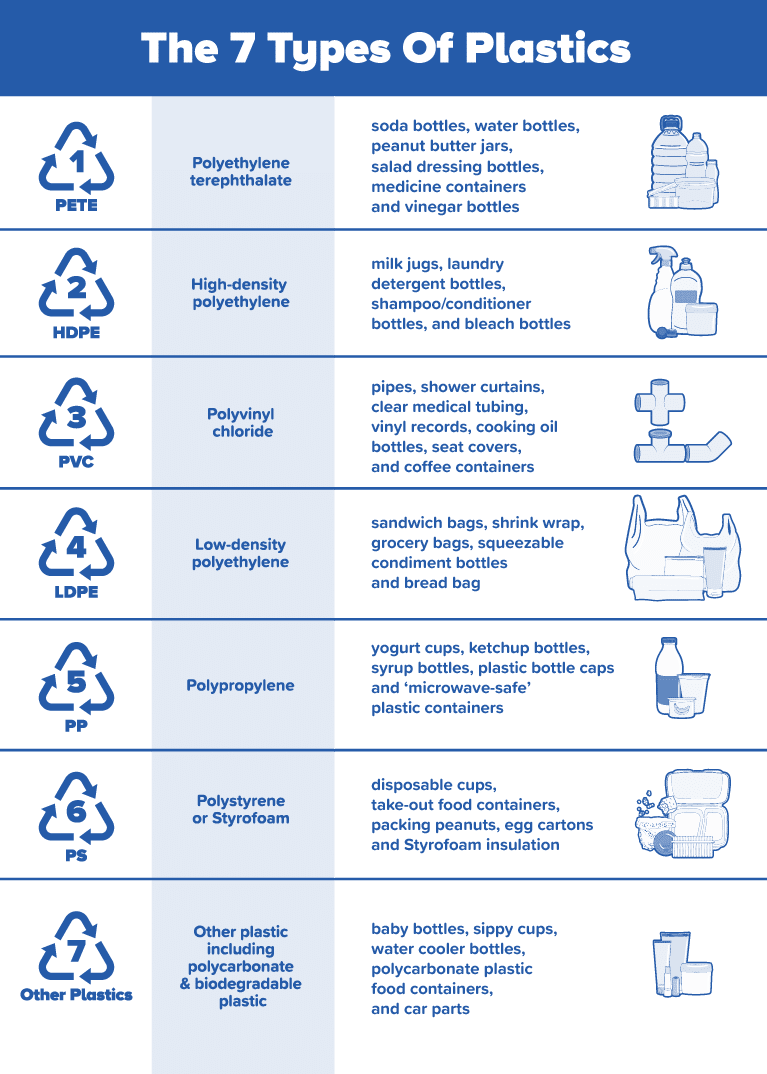
Chances are, you already know that anything made out of metal can be recycled. But you may not realize that a surefire sign something has recyclable metal in it is when it uses a motor. That means everything from your old leaf blower to your broken desk fan.
If you’re confused about exactly how electric motor recycling works, don’t worry. This article will guide you through the four types of motorized objects that you can bring to the scrap yard.
What Are Motorized Items That Can Be Recycled?
You can recycle any item that has a motor in it. The blades attached to the motor can be made out of plastic, or wood, or a different material. But the motor itself must be made out of metal. So, in a nutshell—If it spins, it’s using a motor that’s made of metal. But it’s easy to forget that many ordinary household items have motors, including things like ceiling fans, desk fans, oscillating fans, space heaters, leaf blowers, hair dryers… the list goes on and on. To simplify, we’ve put together a list of the five most common types of motorized objects that you can recycle.
1. Fans
This is a big category. Of course, there are the standalone fans we think of for cooling a space. Desk fans, standing fans, and ceiling fans can all be recycled when it’s time to replace them.
Other household objects use fans, too. Anything that blows or compresses air has a fan inside it. Your leaf blower, space heaters, and hair dryers all contain fans. Even your computer contains a fan — that’s what keeps the computer from overheating. You can recycle an entire computer tower, or just the fan if you’ve had to replace it.
Many of the small appliances in your home contain a fan and can be recycled.
2. Garage Door Openers
You’re probably using motor power to open and close your garage door every day. Just about any object that uses chains, wheels, and gears — like a garage door opener — operates with a motor.
That’s good news because it means that if your garage door opener breaks down and you can’t repair it, you don’t need to throw it away. You can recycle it – the entire unit, from the motor to the chains and tracks. Steel and aluminum garage doors can also be recycled.
3. Kitchen Appliances
The kitchen is the hub of recycling in many homes, where things like food packaging and newspaper are separated from other waste. You probably don’t think about them very often, but everything from the kitchen sink to many of your favorite cooking and cleaning tools are made of metal. Many of them are motorized, too.
Your garbage disposal, for example, works on a motor. A good, well-maintained garbage disposal will last for years, but when it stops working, you can remove it and take it to the scrap yard.
Almost all of the small appliances in your kitchen can also be recycled. Your stand mixers, blenders, and egg beaters all contain motors that can be recycled. In general, the rule is, if an object uses power and has parts that spin or vibrate, then it has a motor. And if it has a motor, you can recycle it.
4. Pumps
If you live in a house, you probably have at least one pump. Most of the pumps that we use today are motor-powered. An example of a hand-powered pump would be an air pump for inflating a basketball. But for any job bigger than blowing up a ball or a small inflatable raft, you’ll need an electric pump.
The small pumps that are used to circulate air in aquariums work on a motor and can be recycled. You can also recycle the pumps in certain medical devices.
You may have a sump pump on your property, to remove the water that collects around your home’s foundation. Depending on your home, you may also have a sewage pump or a well pump. Those pumps are all motorized. Typically, they are made to last for a good long time. But when they do break down, you can bring them into the scrap yard for recycling.
5. Washers, Dryers, and Dishwashers
Larger home appliances like washers, dryers, and dishwashers are all motorized.
Remember the rule: if it uses electricity and spins, it’s probably working on a motor. Your washer, dryer, and dishwasher also operate with moving belts and turning motor-powered wheels.
Large appliances are recyclable as whole units, but if you’ve had to replace or repair individual parts, chances are that you can scrap those too.
Should I Remove the Motor Before Recycling?
The short answer is, generally it’s not worth it. If you’re fairly handy and you’re used to working with electrical appliances, and you want to salvage the rest of the unit, then you can go ahead and take the motor out of your machines before recycling it.
However, if you’re not sure how to proceed, you should be cautious. Sometimes it can even be dangerous to try and dismantle an item on your own. Motors on many devices are not easy to get to, and you can say goodbye to any warranty once you start dismantling. Most of the time, it’s fine to leave the whole machine just the way it is. If you’re not sure, call the scrap yard ahead of time. The staff will be happy to explain the rules to you.
How Can I Recycle Electric Motors Near Me?
Cohen operates public and commercial scrap yards in Ohio and Kentucky. If you’re wondering, “Where can I find electric motor recycling near me?” use our website to see if Cohen has a location in your area, or search Earth911’s database of recycling solutions to find one near you. When you’re ready to get rid of your broken machines and appliances, don’t throw them away — recycle them.It
Back in 1988, the recycling symbol code was created and designed by The Society of the Plastics Industry (SPI) to help provide a standard and uniform method to identify different types of plastics. This code ensures that the numbers inside the recycling symbol on plastic containers are the only numbers valid for the purpose of recycling.
There are seven different recycling codes for plastic products. Recycling codes distinguish products made with different types of plastic and are processed and recycled separately because of this. While it used to be that consumers separated their own plastics for recycling, the move toward “single stream” recycling in recent decades has pushed the sorting process to facilities called Material Recovery Facilities, or MRFs. Nowadays, robots and artificial intelligence even help with the sorting.
Cohen specializes in recycling metal, and we don’t accept plastic goods at our recycling centers; other waste management companies are better set up to handle that material than we are. However, Cohen does handle some post-industrial plastics – think, scrap byproduct from the manufacturing process, or plastic products that failed quality control, in bulk. Our resident plastic specialist is Shawn Elam.
“Plastic is less straightforward than other materials, especially the Number 7 category,” Shawn explains (more on that below). “Plastics have to be segregated, especially in the post-industrial world. Not everything has a production mark saying what it is.” The only way to tell for sure what a plastic is made of, he says, is to do a burn test – a skill that takes years to master. And definitely, definitely should not be attempted at home.
Let’s walk through the seven types of plastic and how they are – or aren’t – recycled.
Number 1: PETE or PET

Polyethylene terephthalate
- 1 plastic is normally clear in color and most commonly found in items like soda bottles, water bottles, peanut butter jars, salad dressing bottles, medicine containers and vinegar bottles.
- No. 1 plastics are recyclable and can be picked up by most curbside recycling programs.
- When No. 1 plastic is recycled, the plastic can be crushed and shredded into small pieces to make new plastic containers and bottles, or it can be recycled into polyester fiber to help make carpets and stuffing.
Number 2: HDPE
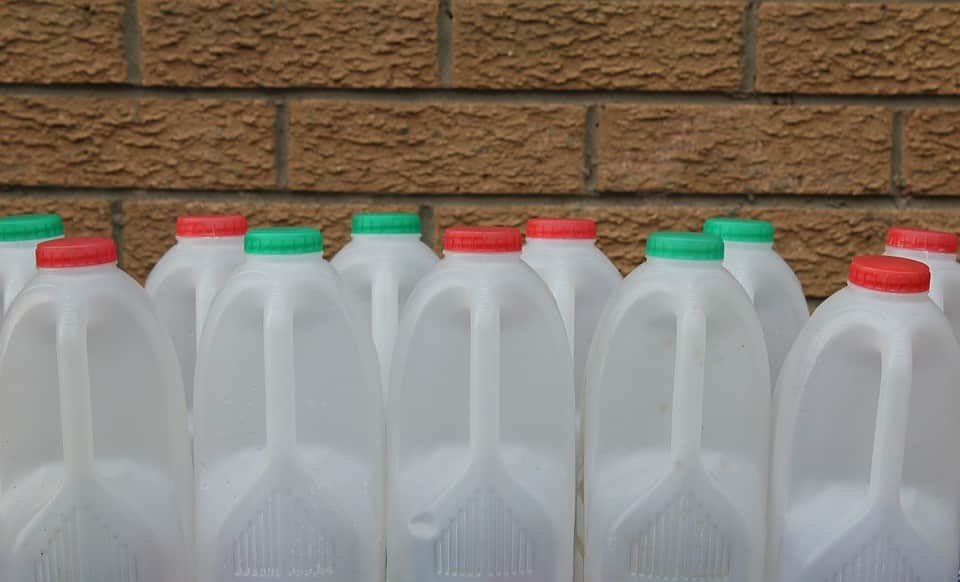
High-density polyethylene
- Products made of No. 2 plastic are usually opaque and cloudy in color.
- Common products made of HDPE plastic are milk jugs, laundry detergent bottles, shampoo/conditioner bottles, and bleach bottles.
- Products made with HDPE plastic are reusable and recyclable; this type of plastic is also accepted by most curbside recycling programs.
- The No. 2 plastics are usually heavier containers than No. 1 plastics and can be recycled into toys, picnic tables or even waste bins.
NUMBER 3: PVC
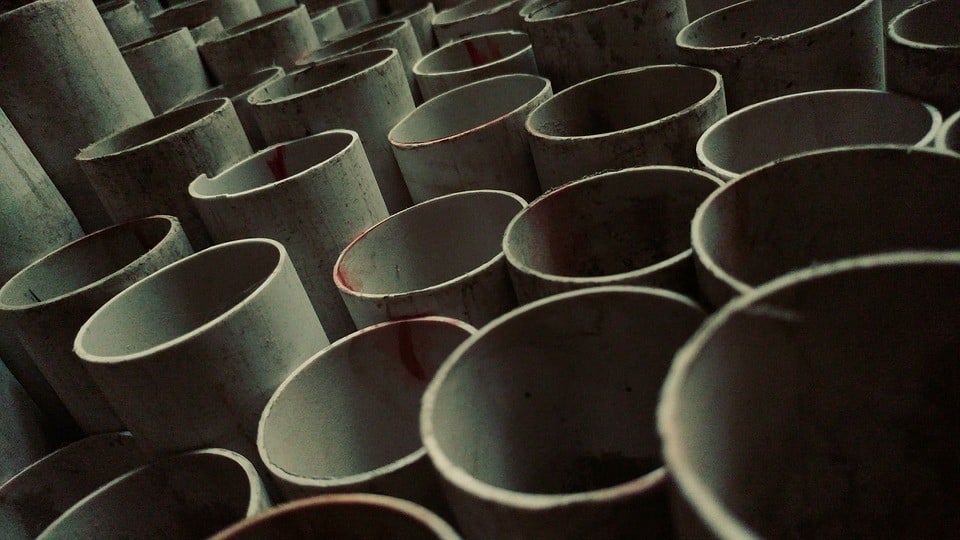
Polyvinyl chloride
- No. 3 plastics include pipes, shower curtains, clear medical tubing, vinyl records, cooking oil bottles, seat covers, and coffee containers.
- Products made with No. 3 (PVC) plastic are very difficult to recycle, which has to do with how this plastic melts.
- No. 3 plastics are not accepted by most curbside recycling programs.
Number 4: LDPE
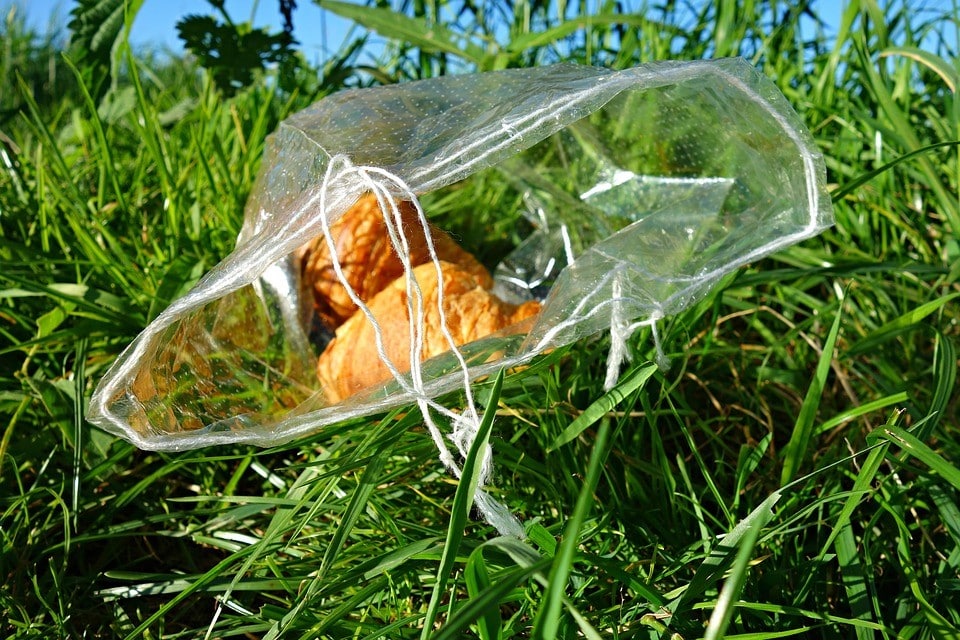
Low-density polyethylene
- LDPE can be thought of as plastic film: sandwich bags, shrink wrap, grocery bags, squeezable condiment bottles and bread bags.
- Products made with No. 4 plastic are reusable, but not all products of them are recyclable.
- Most curbside recycling programs will not accept No. 4 plastic products. The product is so lightweight that it takes a massive volume to make it worth selling, and is not easy to store.
Number 5: PP
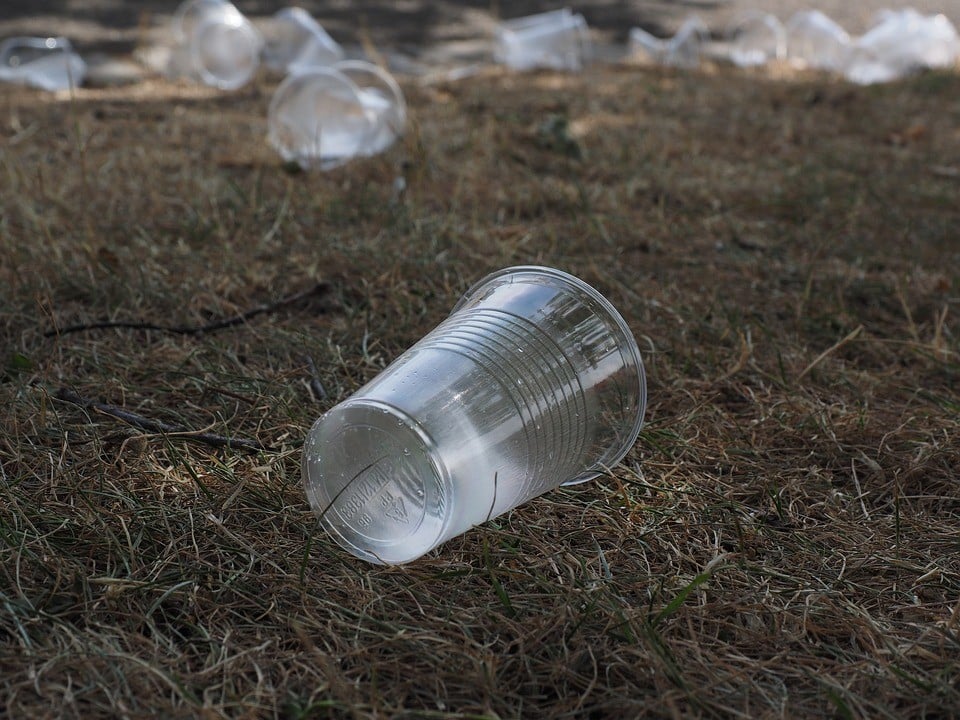
Polypropylene
- No. 5 plastics make items like yogurt cups, ketchup bottles, syrup bottles, plastic bottle caps and ‘microwave-safe’ plastic containers.
- No. 5 plastics are accepted by some curbside recycling programs, but make sure to check with your local program before you toss it in, as this is far from universal.
- When No. 5 plastics are recycled, they can be used to make products like battery cases and trays.
Number 6: PS
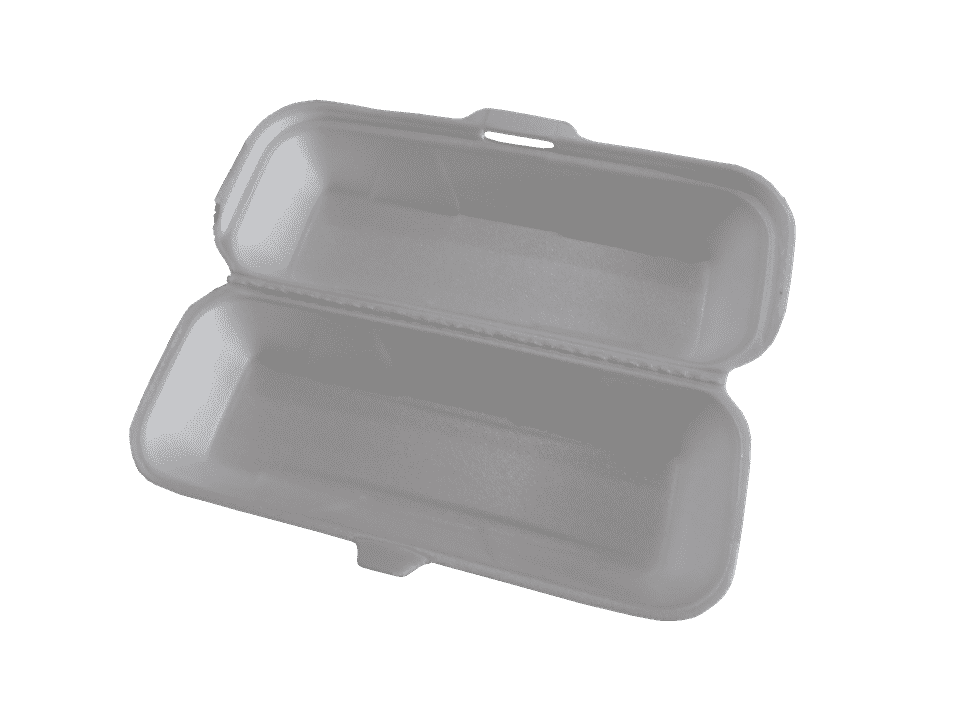
Polystyrene or Styrofoam (brand name)
- Products that contain No. 6 plastic are items like disposable cups, take-out food containers, packing peanuts, egg cartons and Styrofoam insulation.
- No. 6 plastic technically can be reused and recycled, but the process is difficult and costly, and not widely used. Most curbside recycling programs will not accept polystyrene.
- No. 6 plastic should not be burned. Doing so releases harmful ozone-depleting gases.
NUMBER 7: OTHER
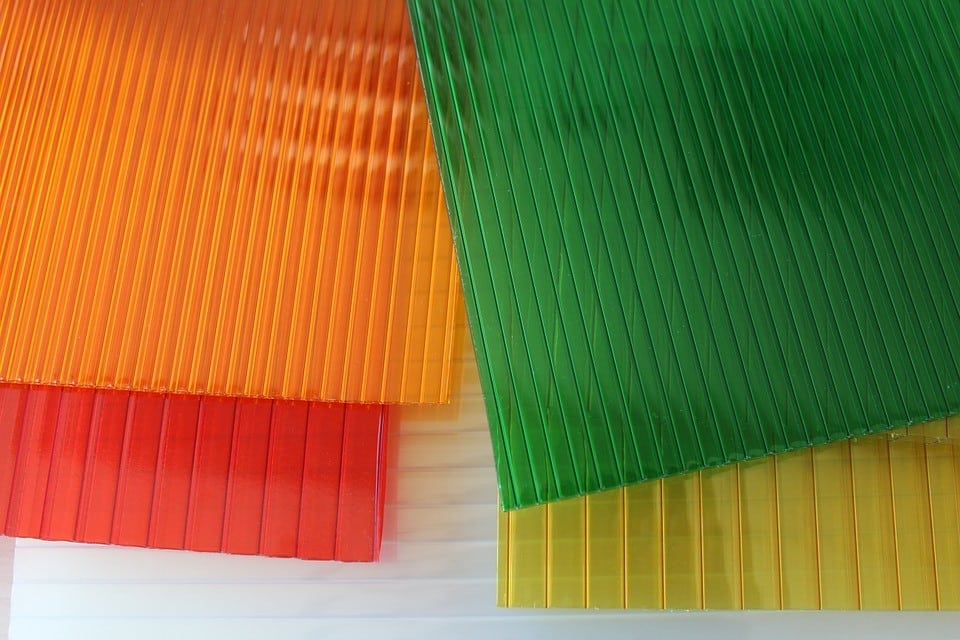
- No. 7 products can be produced from any combination of No. 1 – 6 plastics or from a less commonly used plastic.
- When plastic food packaging is made from polycarbonate (this includes the toxic BPA), they are often marked on the bottom with the letter’s ‘PC’ next to the No. 7. It is a good habit to check your plastic containers for these markings, as there are some known health risks with storing food and beverages in BPA.
- Another type of plastic in the No. 7 category is biodegradable plastic; this plastic can be used as an alternative to polycarbonate plastics. It is created from plant-based polymers, like corn, which allow it to break down and decompose – though this is generally only possible in a professional composting facility, not in landfills.
- It is very difficult to recycle the No. 7 plastics since most products in this category can be made from any combination of the different plastics. Because of this, most curbside recycling programs will not accept No. 7 products.
Plastics Recycling Summary
Learning and understanding these seven plastic recycling codes makes it easier to know which products are safe to recycle and which ones are not. The items listed above are just examples of different plastic products, so make sure to check the bottom of your plastic products and with your local recycling program to ensure you are recycling correctly. Different cities have different rules and guidelines, so it is always good to double check before recycling something that should not be.
The science of plastics is changing every year, and new developments have created opportunities for more sustainable plastic use, as well as challenges. The invention of a new plastic, or a new process, can have implications for the recycling stream of another. As users of plastic, the best thing each of us can do is be attentive to recycling properly, and recycling as often as possible.

